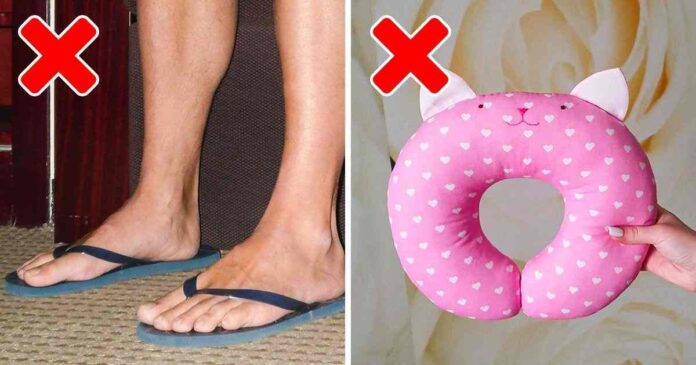
Hello there, everybody! My name is Pavel, and I’ve travelled to over 70 countries in the last ten years. During this time, I’ve learned which items are absolutely essential to have while travelling abroad and which items are totally unnecessary and should be left at home.
How it all started

My journey to travelling solo began with a large wheeled suitcase, a stack of travel books, paper maps, and a slew of other small items I carried with me “just in case.”
My first flight with Ryanair, a low-cost airline, was a complete disaster. They forced me to throw away a lot of my belongings from my backpack into a trash can because they didn’t follow any of their rules! But the most absurd thing happened to me when I wanted to ride a bicycle from Malaga (Spain) to Turku (Finland) despite knowing very little about cycling.
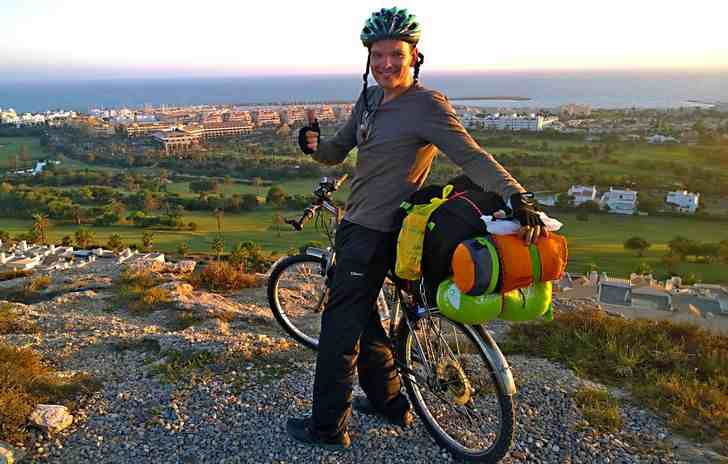
I was carrying a 65-pound backpack and had 3,000 miles to cover. But, right from the start, things didn’t go according to plan. First, I nearly cut off my finger with a knife when attempting to reassemble my broken bicycle on the plane. I broke the steering wheel mirror within the first mile, and then my GPS-tracker dropped off and was crushed by a truck.
But, most importantly, the backpack was so heavy that I had a nerve entrapment by the end of day one, my fingers were trapped in a bike handle grip, and I couldn’t bend. I threw away half of my belongings from my luggage the next morning, with no regrets, and began making a list of items you should always have with you.
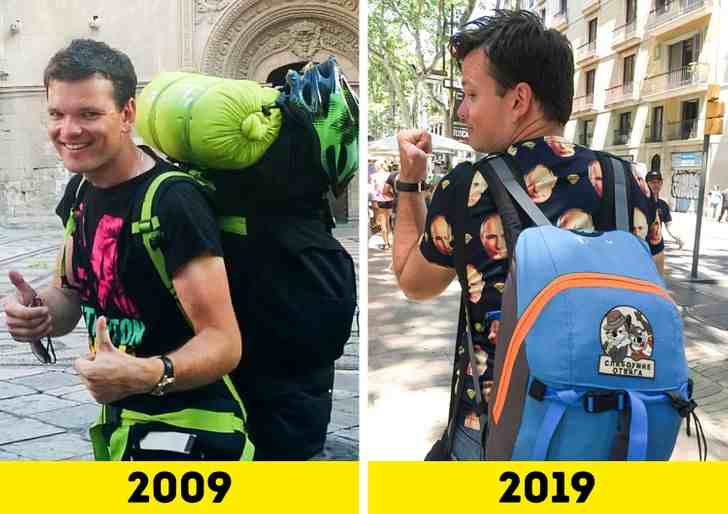
It took me ten years and approximately 140,000 miles around the world to complete and double-check this list. It only contains 20 items that weigh less than 10 pounds when assembled and can comfortably fit into a small backpack.
20. Instead of a waist bag, a small crossbody bag
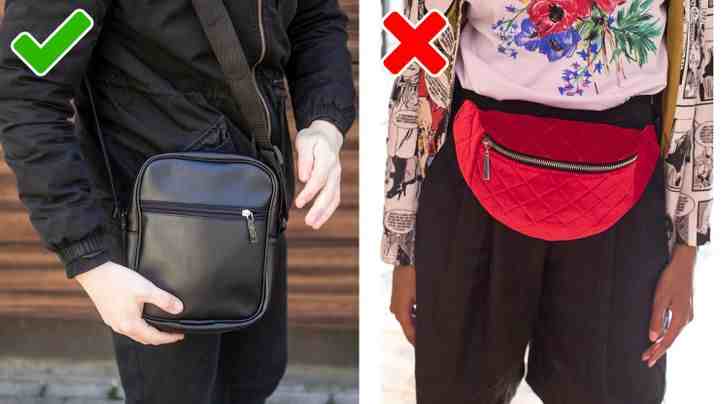
If you don’t want to be mistaken for a tourist, don’t carry a waist pack. It is not always a pleasant experience to sit with, particularly on a plane. A crossbody bag the size of a normal piece of paper is the safest choice. It has plenty of room for all of your electronics, documents, and cash.
If you’re really concerned about your money’s protection, you can tuck it into the insoles of your shoes or under your hat. However, don’t do it during the airport security check, as customs officers might believe you’re trying to conceal something.
19. Flip-flops are replaced with shoe covers.
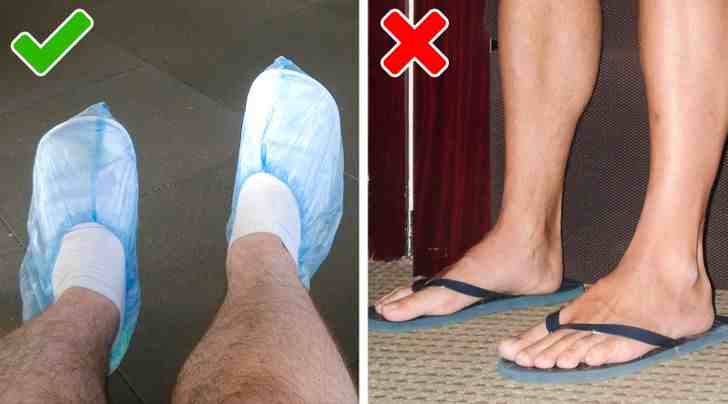
Especially if travelling to Asia or South Africa, maintaining good hygiene is essential. The hotels and hostels may not always appear to be as nice as they appear in photographs, and the showers and bathrooms may be much dirtier than you expected.
You should buy a few pairs of shoe covers to avoid having to wear wet and bulky flip-flops with you. It is very convenient to shower when wearing them, and you can simply discard them afterward. If your shoes are soaked, you can also use shoe covers as socks (this is an emergency option if you need to walk in the rain).
Wearing a special form of water shoe on the beach is the best choice (like crocs). You can swim in them without fear of stepping on a sharp rock, a sea urchin, or shards of broken glass. When walking short distances, you can also use them as an extra pair of shoes.
18. Using earplugs instead of a neck pillow
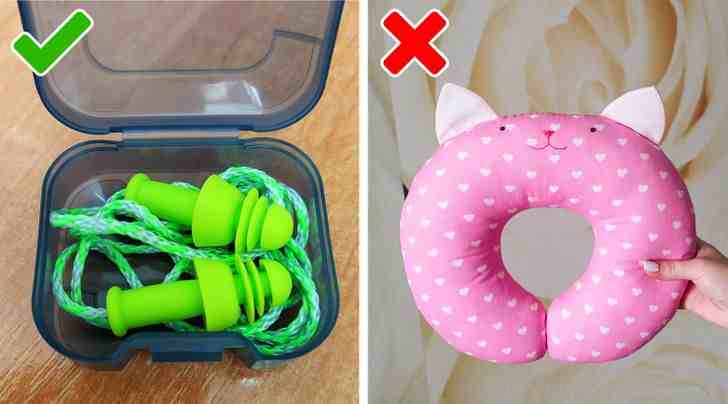
You’ll need earplugs if you want to sleep on a bus or a plane (it is best to buy several pairs with a string connecting them in order to avoid losing them). I use them to drown out the exhausting roar of the train engine and the shrill voices of the passengers.
You can’t sleep with your tourist pillow, no matter how cool it is, if you don’t put it in the right spot. On planes and buses, the best way to get a good night’s sleep is to get a window seat, which typically has more space than other seats. It’s also preferable to make a pillow out of a sweater or a rectangular scarf.
17. Instead of wet wipes, use liquid antiseptic.
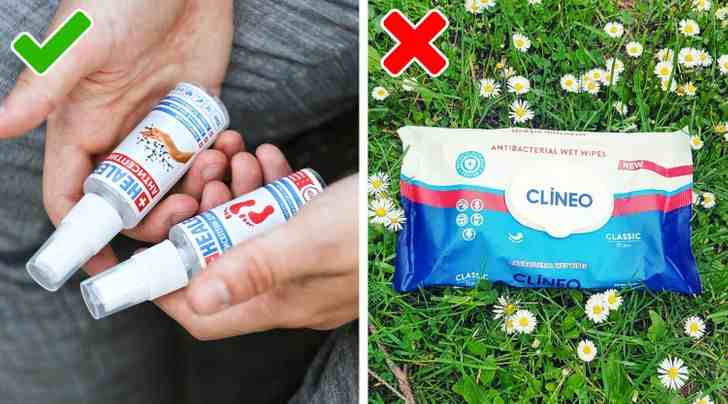
If you’ve used wet wipes in various countries, you might have encountered circumstances where you couldn’t find a place to dispose of them. So you stuffed them into your pocket, forgot about them, and then your passport got wet, obliterating all of the border stamps.
In any case, using a sanitising gel for your hands is much more efficient for disinfection. You may also want to get something similar for your legs, because you’ll probably be walking a lot more than normal on this journey.
16. Tissues instead of towels

Toilet paper and Kleenex could be a problem in some countries outside of Europe. So, bring a box of Kleenex or a toilet paper roll with you and buy more when you get to the country if you run out.
Real towels take up a lot of space, take a long time to dry, and can be requested from almost any decent hotel or hostel. Often, using paper napkins rather than a towel to clean your face is a much better option since napkins are disposable and towels absorb bacteria.
15. Coins instead of souvenirs
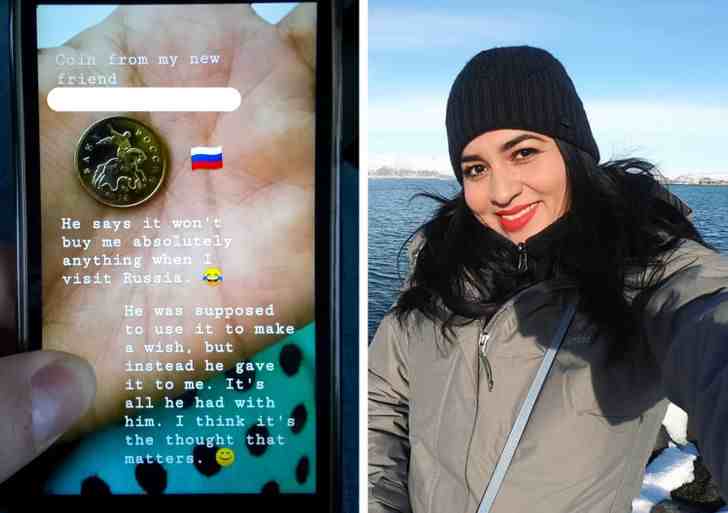
I was once travelling by bus with a lovely Mexican girl, and we struck up a conversation and exchanged phone numbers. I wanted to give her something special, but all I had in my pocket was a few pennies. I handed her a coin and told her it was good luck. She was so overjoyed and surprised that she posted about the “generous” gift on her Instagram profile. Thousands of miles away from Russia, this is the influence of a tiny coin.
Take some small coins with you on your journey, as odd as it might sound. To begin with, they are simple to throw away in various tourist locations in order to make a wish or to fulfil any superstition. It can also serve as a perfect souvenir for any foreign person you encounter.
14. Glasses with s4-protection

When selecting a pair of sunglasses, don’t be too concerned about the appearance of the frame. It is much more important to choose a pair of sunglasses that will shield your eyes from the light. As a result, look for a UV 400 or S4 security level in this useful accessory. Glasses are also very helpful in the winter since sunlight is reflected off the snow and the eyes are immediately affected. If possible, bring two pairs of sunglasses: one stylish pair for photos and another that doesn’t look as cool but is much more successful in terms of UV safety.
13. Instead of a dozen new pairs of jeans, choose one old and comfortable pair.
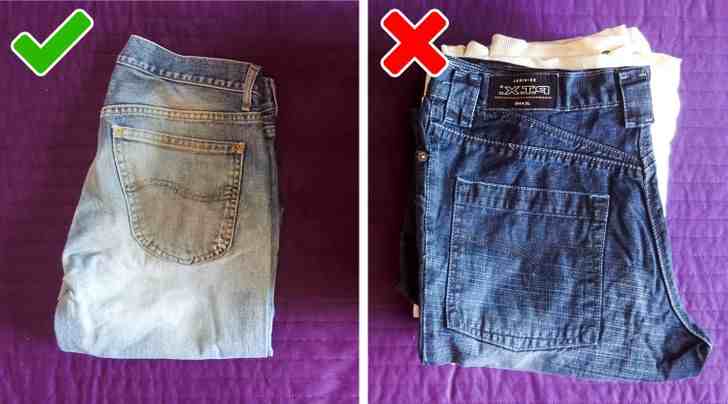
Jeans are easily the most versatile piece of clothing you can bring on a tour, and you won’t need to bring several pairs to change every day. Only one pair is needed. If you need to, you can take an old, ripped pair that you can quickly throw away and buy a new pair. The most practical shades are dark blues. It’s also a good idea to pick a pair with few decorations and holes because you may not be able to join any tourist attractions wearing them.
Don’t try to fit all of your clothes into a tiny suitcase if you’re going on a trip to take hundreds of pictures and get a lot of likes. To begin, make a list of the places you intend to visit. You now have a good idea of how many outfits you’ll need (it is best to put all of them on the floor to see them all before you pack them).
Check the weather forecast before jumping on the suitcase and attempting to lock it; there’s a risk it could interfere with your photo shoot plans. When you make an edit with the weather in mind, you’ll find that you’ll possibly remove half of the clothes you planned to bring.
12. Sports underwear rather than branded underwear
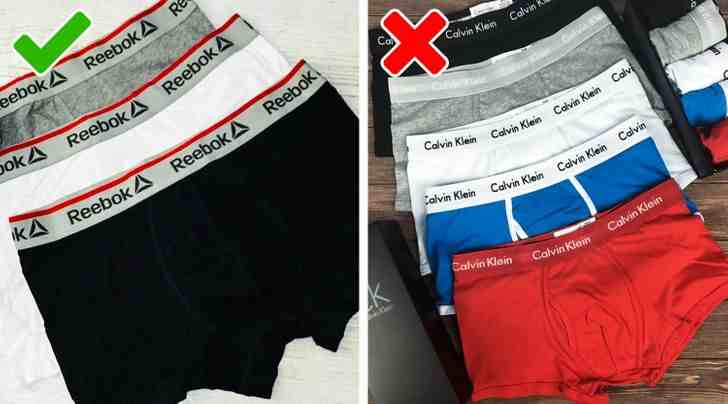
Remember that you will be moving about and sweating a lot on your journey, and even the most fashionable, beautiful clothes will irritate you (because they are usually not the most comfortable). Also, consider when and how you’ll wash your underwear, because if you bring all of the underwear you’ll need for all of the days, your suitcase would be overflowing.
It is preferable to purchase athletic underwear ahead of time (they can look very good too and are definitely more comfortable). They’re also simple to wash and dry in one night, if not sooner.
11. Socks you can throw away
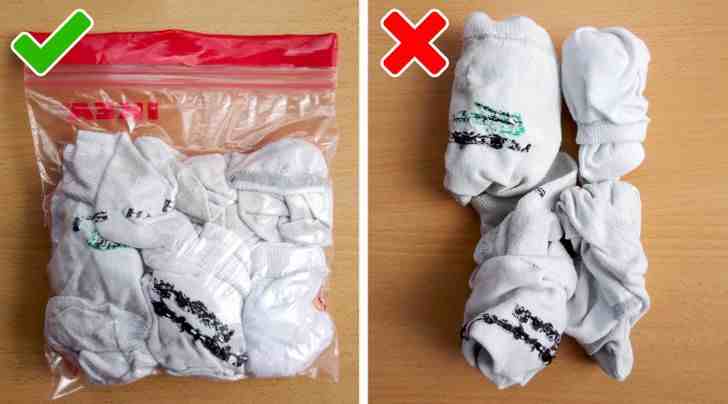
It’s much easier when it comes to socks: just bring the oldest ones you were going to throw away anyway. Unfortunately, even though it is very hot outside, this item of clothing takes a long time to dry (I had to dry some socks during a long hike). As a result, it’s much easier to toss them out and replace them (because they are pretty cheap). Ankle socks are preferable because they do not take up much room.
It is preferable to sort all of your clothes by category or day, and then place them in zip-lock bags. The clothes will take up less room and will not get damp this way. You won’t have to pull anything out of your suitcase and make a mess at customs.
10. Shorts or sweatpants
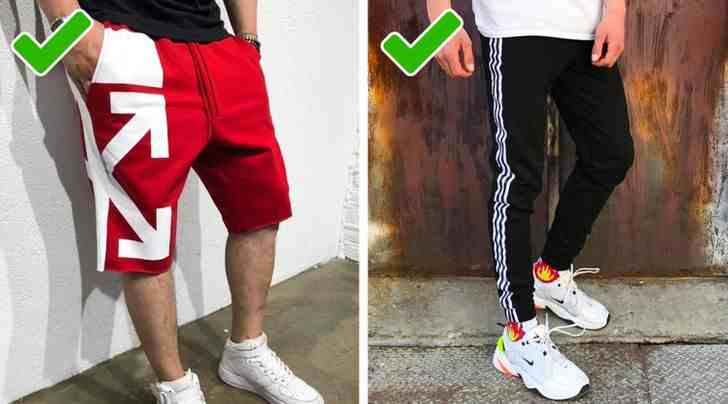
Shorts can be worn not only on the beach, but also as a substitute for pyjamas at night. Especially if you’re staying at someone’s house or in a hostel with other people and can’t just walk around in your underwear. Sweatpants are also useful as a spare pair of pants or as an extra layer of warm clothing.
9. Instead of an umbrella, wear a coat with a hood.

Even if you’re going somewhere humid, a light coat is always a good idea. On a plane, you can use it as a blanket or a pillow. It will shield you from the rain better than a bulky umbrella that the wind will constantly turn inside out. You can also purchase wind- and water-resistant coats similar to those worn by experienced yachtsmen. They’re suitable for almost any climate.
8. Synthetic clothes instead of cotton

You should take synthetic clothes on trips because they are very practical and take up little space. They absorb less moisture and unpleasant odours, dry quicker, and don’t crumple as much. You can roll T-shirts and sweaters and secure them with rubber bands to make them take up less room.
If you are going to a place where there is a lot of sunshine all of the time, you should consider purchasing UV-protective T-shirts and other clothes. Surfers who spend a lot of time in the ocean and in the heat will wear clothing like this.
7. An old credit card and a scan of your passport
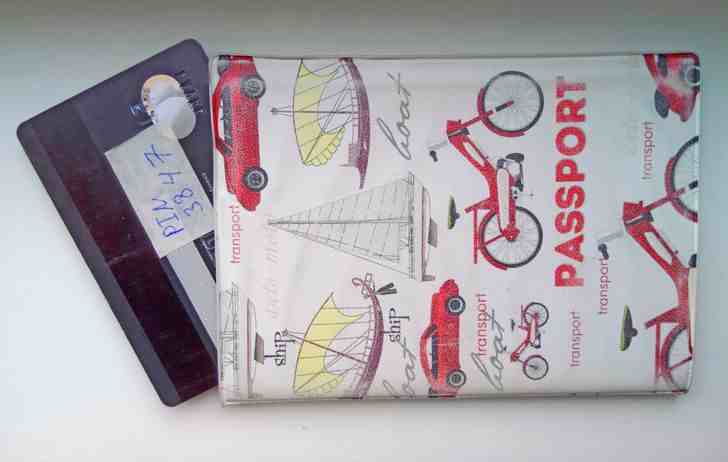
Send yourself scans of your passport, insurance papers, and other relevant documents before your journey. You will still have access to these papers if you misplace anything. It’s also a good idea to bring two credit cards with you.
One of them should be expired — you should always check to see if an unknown ATM is operational. You might be able to only join a bank by swiping your credit card, in which case it is preferable to use an old card.
Write the wrong PIN (or multiple PINs) on your new credit card and scrub off the CVV/CVC numbers on the backside. But first, memorise it and replace it with the last three digits of a phoney phone number. If your card is stolen, the robbers will attempt to enter the wrong PIN first, and after a few failed attempts, most ATMs will simply refuse to return credit cards.
6. A lock

A lock is required for an experienced tourist. A lock is often required in hostels where you are given only a locker and must pay an additional fee for the lock. You can also protect your backpack with a lock so that no one can open it when you’re out seeing the sights. Often, when travelling by bus or train, it is a good idea to secure your backpack to your seat so that it cannot be stolen.
5. Cereal instead of sandwiches

Don’t limit yourself to cookies and sandwiches if you’re going to bring food with you. If you unexpectedly become hungry, cereals and other similar foods are your best bet. They even make you feel fuller for longer than any chocolate bar. During a flight, or at any McDonald’s, you may request boiled water.
4. Cosmetics in special packages
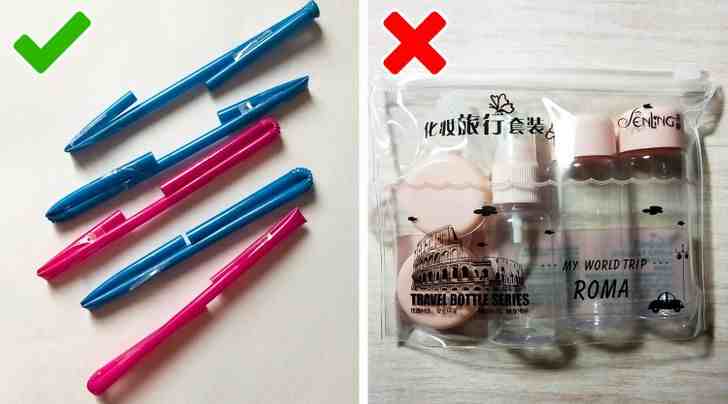
Everyone knows that passengers cannot bring more than 100 mL of liquids on board, but some airlines (especially the budget airlines) have an additional rule. All liquids (including solid deodorants) must fit into a small clear plastic bag that they have.
So, before you go, double-check the amount of all the cosmetics you’ll need. You won’t have to lug around hundreds of bottles this way. Simply fill drinking straws with the necessary amount of cream and tape both sides together. When you’re on the road, you can also use these straws as toothpaste tubes. Make a note of every straw to avoid getting lost in your vast arsenal (it is even better and easier to organise if you can get different colours of straws).
3. Instead of all the prescriptions you have at the nearest pharmacy, carry a small first-aid kit.
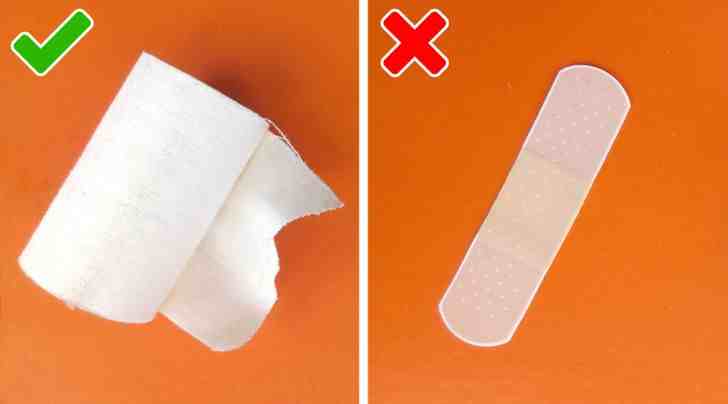
Before you begin packing your prescriptions, keep in mind that not all countries allow you to carry medications into the country without a prescription, and some may even be banned. So, first and foremost, read the customs regulations.
Instead of using a Band-Aid, use special tape that will help protect the calluses and will not slip off after a long walk. If you’re going somewhere humid, insect repellent is also a good idea.
When it comes to mosquitos, however, it is best to purchase sprays in advance of your trip. The problem is that the mosquito repellents you’re used to might be entirely ineffective against the local species. And, of course, no matter how much sunscreen you taking
2. Adapters and extenders
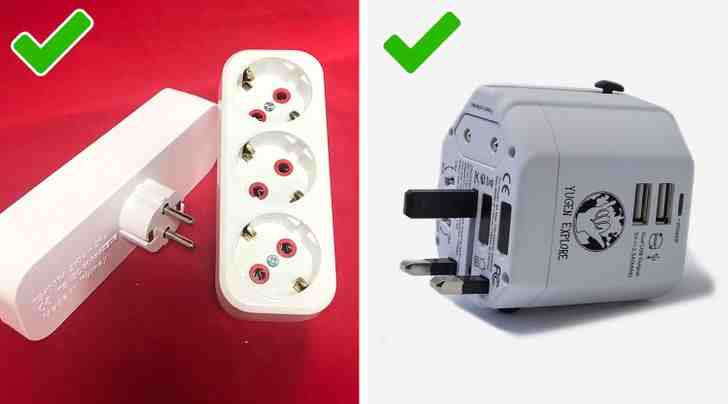
An adapter is one of the most convenient items to have while travelling. Many people may want to use the same power source in airports, hostels, and other locations. You can still charge your computer if you have an adapter or an extender, even if someone else has taken the source before you. Read up on the different types of power outlets and voltages you’ll likely encounter in the country you’re visiting. It is preferable to purchase an adapter ahead of time rather than searching for one at a crucial moment.
1. Smartphones with large batteries, rather than power banks
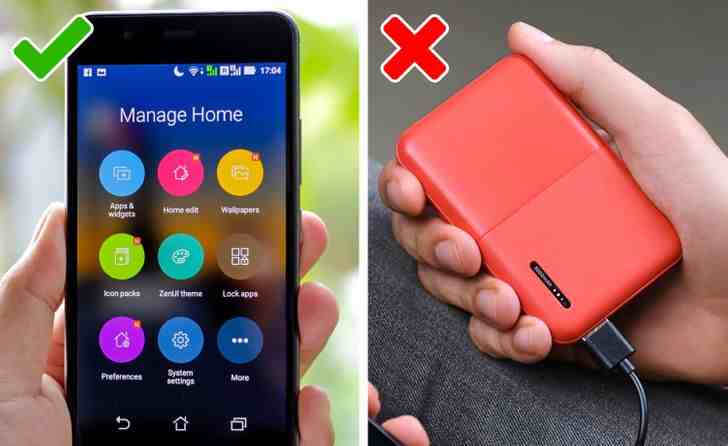
Before leaving on your vacation, back up all of your photos and essential data from your mobile to the cloud or a hard drive, as well as writing down the IMEI number and creating a password to secure your phone in case you lose it or it is stolen.
Keep in mind that you’re going on a trip to see something new, meet fascinating people, and learn more about a different country’s history. So don’t expect to be able to spend all of your time scrolling through social media or watching videos. To get around and take photos, all you’ll need is a smartphone. For these purposes, the battery should be more than adequate.
You won’t need to purchase a local SIM card for an unrestricted internet connection because most hotels and hostels provide free Wi-Fi. Remember that Wi-Fi is available in airports, shopping centres, fast-food restaurants, and even public transportation.
Always be careful when connecting to unknown networks that advertise “Free Wi-Fi” — this may be risky. The network’s name should match the name of the airport, hotel, or restaurant you’re visiting.
By the way, don’t waste money on SIM cards, extra batteries (which some airlines won’t let you transport), or worry about your phone battery dying at the worst possible time. People used to get by on their trips without smartphones just 15 years ago, and they used to have a richer experience during their adventures.
Which items do you always bring with you on a trip? Please share your storey with other readers!
Preview photo credit Othertree / wikimedia, podushechka_love / instagram
